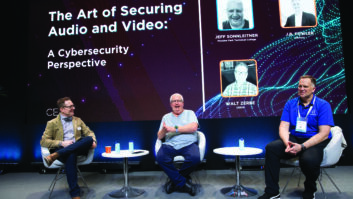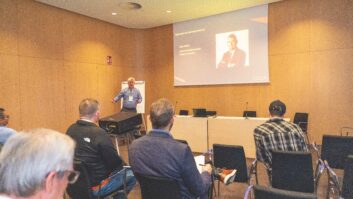
This year at CES has seen Google move into the smart home market in a big way with its “Hey, Google” voice assistant service taking on the dominance of Alexa by Amazon.
Google showed a lot of support in the Z-Wave Alliance booth, being part of many demonstrations there. One noteworthy product was Hogar Controls’ Milo, the world’s first Z-Wave hub with Google Assistant built in.
The benefit of this is simpler integration, with one device that not only serves as the connection nexus for all Z-Wave wireless communication, but that can also offer full voice control and provide all of Google’s assistant services.
In addition, there have been a number of new start-up smart home automation companies embracing Google Assistant or Apple’s HomeKit. This was evident not only in whole-home controls but in the vast number of smart doorlocks/doorbells, thermostats, and camera/surveillance systems on display.
There has also been a host of new smart cameras on show, many of which boast bigger megapixel lenses and better night vision. Most significantly they also include intelligence enabling them to discern faces, to set boundaries and perimeters, and to eliminate false alarms and only capture actual events.
Google’s First Alert Onelink Safe & Sound embeds Google Assistant along with a full speaker into a ceiling mounted smoke and carbon monoxide alarm. It offers a customisable night light, plays music and answers “Hey, Google” questions, and also links to other Onelink devices in the home to sound a wholehouse alarm in the event of an emergency.
GoldenEar Technology unveiled the DigitalAktiv 3 powered, wireless bookshelf loudspeaker – a premium Google Chromecast speaker. The speaker will feature technology based on GoldenEar’s flagship Triton Reference, but will be driven by an internal 260W worth of power and incorporate a 56-bit DSP engine. The speakers will accept audio via Bluetooth or from Chromecast. When two speakers are paired together, they will use WISA’s ultra-low latency signal to create a stereo pair. The speaker will also be able to use WISA to send signals wirelessly to a subwoofer.







